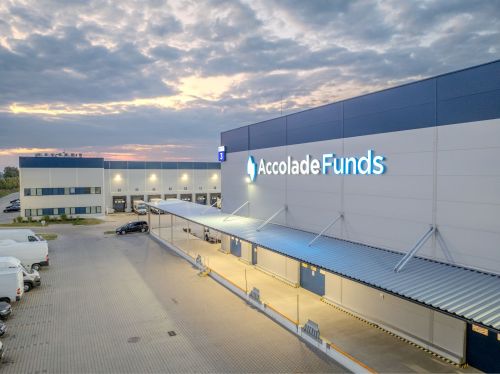December was a very weak month for investors on the Warsaw Stock Exchange. The main reason for this was the tense political situation, which transmitted jitters onto the capital market. The wave of resignations and dismissals in state-owned companies was just one factor contributing to the instability on the WSE, which together with the measures pushed through by the ruling party have seriously weakened the major WSE sectors. One of these is the bank tax, which is now one of the highest in Europe (assets are also to be taxed, rather than just financial transactions), which also affects insurance companies. The policy to rescue the mining industry is still posing a threat to the power sector and investors in the largest Polish company on the WSE, KGHM, are wondering whether the ‘copper tax’ will be lowered as promised. The record high budget deficit (PLN 55 bln) on top of all this is now raising concerns about the fiscal stability of the state budget.






























































